Tube vessels inside plant stems that transports sugars and minerals. Do not have strong walls.
Translocation*
Movement can be in any direction but always moves from where sugar is in abundance (sugar source) to where sugar is needed (sugar sink)
Sugar is made in photosynthesizing cells of the plant and can be polymerized and stored as starch in any cells of the plant. The sugar produced in photosynthesis is called glucose. The starch is broken down into glucose and then converted to sucrose. Sucrose is a small enough sugar that is can be transported across biological membranes. Besides sugars, amino acids, other nitrogenous compounds and other nutrients are present in the sap (sugar solution) in the phloem vessels.
The phloem transports substances using the pressure flow mechanism. This process requires cellular energy *(ATP). Sucrose is loaded into the phloem vessels against a concentration gradient by active transport using ATP.
This increases the solute concentration in the phloem and as a result water moves into the phloem from the cells by osmosis. At the sugar sinks sucrose is removed from the phloem into the plant cells that require it. Water follows the sucrose from the phloem into the cells by osmosis.
At one point of the phloem (sugar source) there is a large amount of solute concentration and a high water content. This exerts a high water (turgor) pressure or hydrostatic pressure. There is a low amount of solute, lower water content and a lower turgor pressure. Water flows along the phloem from the area of high hydrostatic pressure to the area of low hydrostatic pressure that is from source to sink.
*The movement of sugars in plants
*Adenosine triphosphate
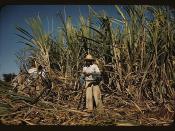
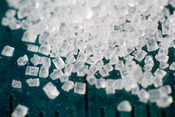
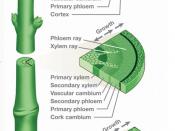
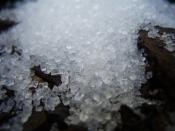
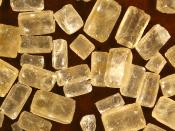
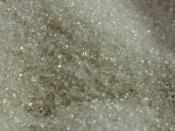
Short and simple.
You managed to helped me further understand how transpiration occurs in the phloem. Much appreciated, thanks a bunch.
0 out of 0 people found this comment useful.